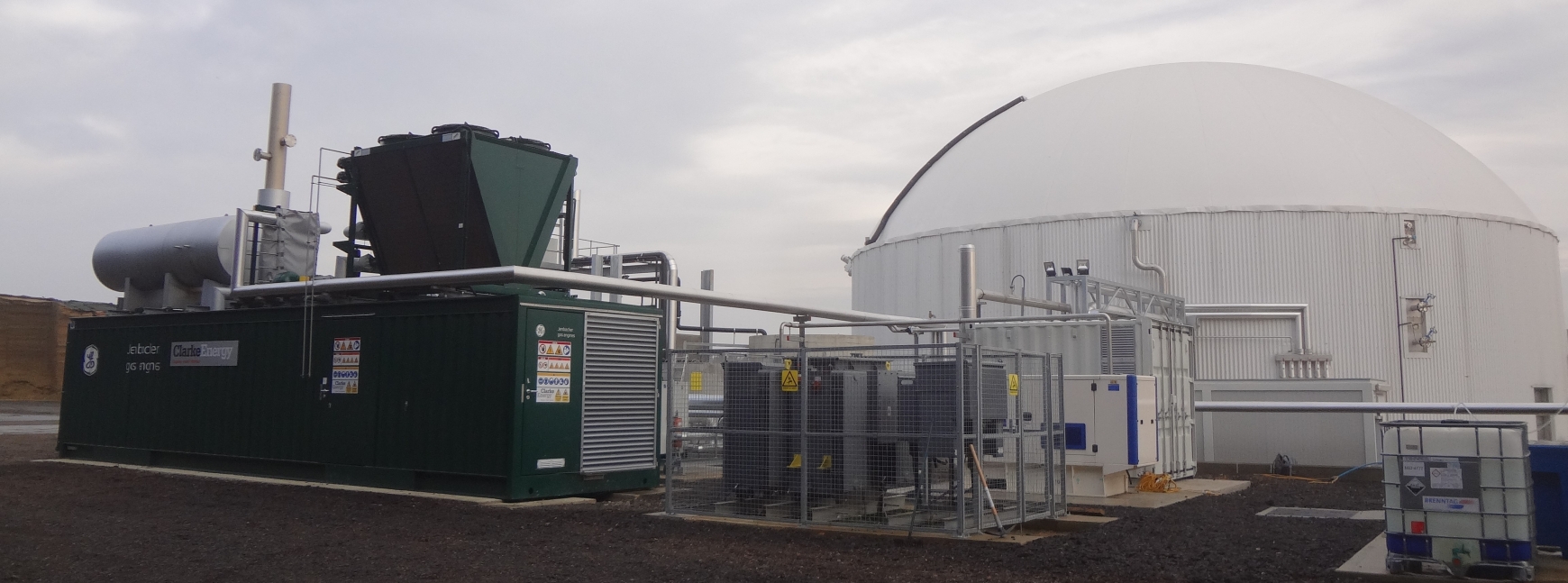The Government has finally published a long-awaited consultation on the Feed-in Tariff (FiT) scheme. Since the start of the Feed-in Tariff scheme in 2010, the total installed capacity of renewable electricity generation has quadrupled to about 40GW. The FiT scheme has been regarded as a significant contributor to this (alongside Renewables Obligation and Contracts for Difference), which support installations of up to 5MW in capacity.
However, the Government is keen to move away from driving deployment with direct subsidies. So the decision has been taken to remove the flat rate export tariff (which was paid on generators export to the electricity network), in addition to the generation tariff (the payment received for generating renewable electricity) on the 31 March 2019. Earlier this year the Climate and Energy Minister stated that: “In 2016 revised tariffs were published, out to the end of March 2019. We have no plans to review these tariffs.” The most recent consultations that have been launched set out the plans to end the FiT scheme in its entirety, whilst a separate consultation requests evidence on the potential future for small-scale generation.
Why is the FiT Scheme closing?
There are three main reasons why the FiT scheme is closing:
- FiT is funded through levies on suppliers and ultimately all consumers. Spiralling costs have been cited as one of the reasons for the closure of the generation tariff and were cause for the introduction of a capped deployment scheme which was launched soon after the 2015 review. Similar arguments have been put forward in the latest review to announce the removal of the guaranteed export component of the Feed-in Tariff incentive. Non-commodity costs of bills now make up about 60% of a bill and while it’s true that green subsidies have been the primary cause of increases in charges, the Feed-in Tariff currently only makes up about 5% of the total bill (2017/18). Other green subsidies such as the Renewable Obligations (RO) and Contracts for Difference (CfD) already do or are set to make up a much more significant proportion of energy bills. RO currently makes up about 15% of a bill and CfD charges, while only 2% at the moment is set to increase by 1% a year. Meanwhile, other non-commodity charges are set to increase, such as CCL. It is unlikely therefore that there would have been any great change in Feed-in Tariff charges as a percentage of the bill.
- The costs of renewable installations have fallen and therefore the sector no longer requires such a generous subsidy regime. However, the Government’s own statistics on the FiT scheme uptake (see Ofgem’s deployment cap reports) indicates that this is not the case and it is not cost effective to install small-scale generation tariff-free. There is still a significant rolling budget available for many technologies supported under the Feed-in Tariff, which suggests that the review of FiT rates in 2015 has served to stifle small-scale renewable deployment overall. The underutilisation of these capacity caps is a further reason that the Government is moving toward the closure of the scheme, however, it could be argued that this is a result of the rates not being generous enough.
- The third main reason given in the consultation document for the closure of the scheme is that the energy system as we know it today is significantly different to what it was when the FiT scheme was first introduced. The government sees a role to be played by energy storage schemes such as batteries, electric vehicles (EVs), smart metering and demand management. Although this technology is not widely adopted yet, they will play a growing role in the wider electricity network, potentially contributing to an increase in the viability of installing small-scale renewables.
For current applicants, the announcement effectively means that anyone in a capacity queue (due to the quarterly deployment caps put in place in 2016) beyond the 31 March 2019, they wouldn’t be eligible to receive the Feed-in Tariff. While there is a significant budget currently still available for most technologies, one would expect more applications to be made, particularly preliminary accreditations (which contribute to the capacity cap even though they are yet to be built). The deadline to respond to this consultation is the 13 September 2018.
If you are considering making a FiT application for any technology prior to the schemes close, then get in touch with us on 024 7669 8899.
Closure of the scheme consultation: https://assets.publishing.service.gov.uk/government/uploads/system/uploads/attachment_data/file/726977/FITs_closure_condoc_-_Final_version.pdf
Future for small-scale generation consultation: https://assets.publishing.service.gov.uk/government/uploads/system/uploads/attachment_data/file/727138/Call_for_evidence-Future_SSLCG.pdf


